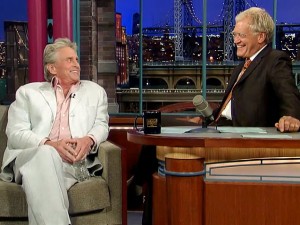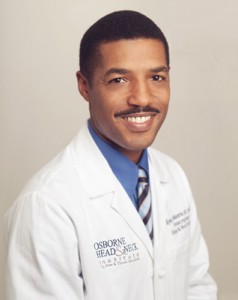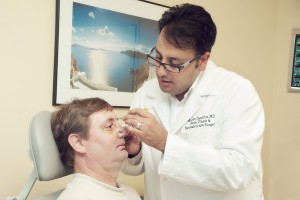- India Medical Mission 2018 - November 1, 2018
- Sleep Disorders: Sleep Apnea and Upper Stimulation Therapy - August 25, 2015
- The Naked Vocalist Podcast Featuring Dr. Reena Gupta - May 27, 2015
- New Therapy for Sleep Apnea – First Sleep Pacemaker placed in California at Osborne Head and Neck Institute. - December 12, 2014
- Boxer’s Ear: Can your ear explode? - December 12, 2014
- Nose Picking (Rhinotillexis) and Septal Perforations: Why I should stop picking my nose…? - November 24, 2014
- Deviated Septum and Septal Perforation - July 28, 2014
- Hereditary Hemorrhagic Telangiectasia: Nasal Septal Perforation Repair - June 25, 2014
- Dr. Mantle recognized at the Beverly Hills Medical Science Academy Awards - May 8, 2014
- Commonly Misdiagnosed Pathologies: Arteriovenous Malformations - April 9, 2014
American Health Front (AHF) recently interviewed Dr. Ryan F. Osborne, Director of the Osborne Head and Neck Institute, about advances in parotid tumor treatment. Although relatively a small number of people with cancer have cancer of the salivary gland, those who do develop this face a very difficult choice. In order to remove their tumor, they will possibly risk having a paralyzed face, severe cosmetic deformity, or both.
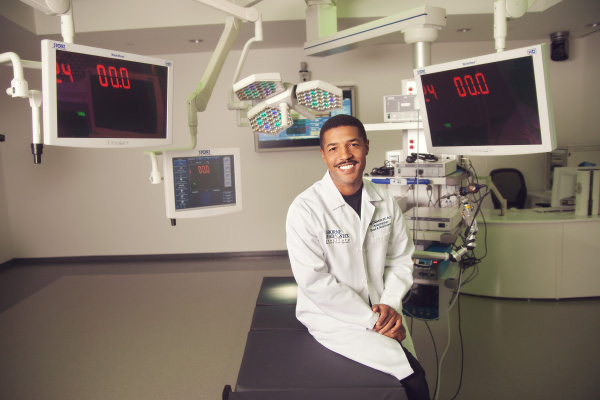
Parotid glands are a pair of saliva producing glands that sit just deep to the skin of the cheek in front of both ears. The facial nerve, which is the nerve responsible for allowing the face to move, splits through the parotid gland on its way to the muscles. This nerve is therefore at risk of being damaged during the surgery. Also, classically, the partidectomy incision involved a scar in front of the ear and into the neck.
All this on top of the defect that was left after removing the parotid gland led Dr. Ryan Osborne to want develop methods to improve upon the surgery. As the result, he went on to develop the Parotid Mini-Incision, which is essentially a scar free incision. Furthermore, along with Dr. Jason Hamilton, they developed the proper reconstructive technique to make any signs of surgery disappear.
Dr. Osborne has performed this procedure on hundreds of patients worldwide with no facial nerve paralysis and full tumor clearance. He continues to operate on nearly one hundred parotids a year. Patients seek his expertise from all over the world and have traveled from as far as Russia and China to have their surgery performed by Dr. Osborne at the Osborne Head and Neck Institute. This gives Dr. Osborne a unique standing amongst parotid surgeons worldwide.
However, every patient that sees Dr. Osborne for his or her surgery is still encouraged by him to seek a second opinion. While others shun away from letting their patients obtain a second opinion, Dr. Osborne believes that a second opinion is important in making an informed decision and he offers a questioner for the patients who want to seek a second advice.
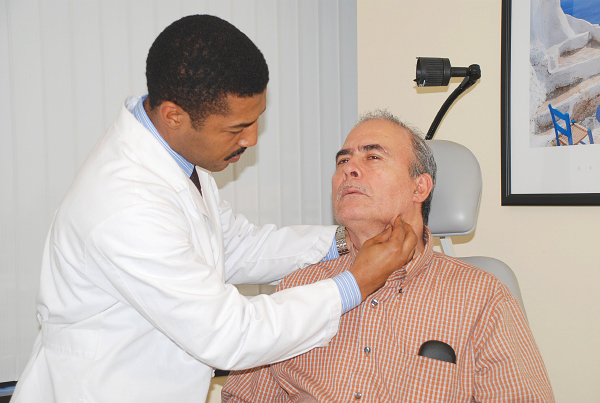
If you have parotid cancer or would like further information about parotid surgery you can visit www.parotid.net.
A message from Dr. Ryan F. Osborne, Director of the Osborne Head and Neck Institute:
“I have dedicated most of my career to the betterment of parotid surgery. It is important to note that salivary gland tumors (including parotid cancers) account for only 3% of the cases of cancers in the western world. This means that most surgeons might see and operate on 1-10 parotids a year. In my opinion the number one mistake that patients make while determining the right treatment path is to not seek a second opinion. If you have a parotid cancer, you owe it to yourself to seek a second opinion. So I encourage you to visit our website and print our questioner to take with you to your consultation. Even if you don’t come to see us we want you to be informed about your options.”
To learn more about Dr. Ryan Osborne or parotid cancer, visit: http://www.parotid.net/

